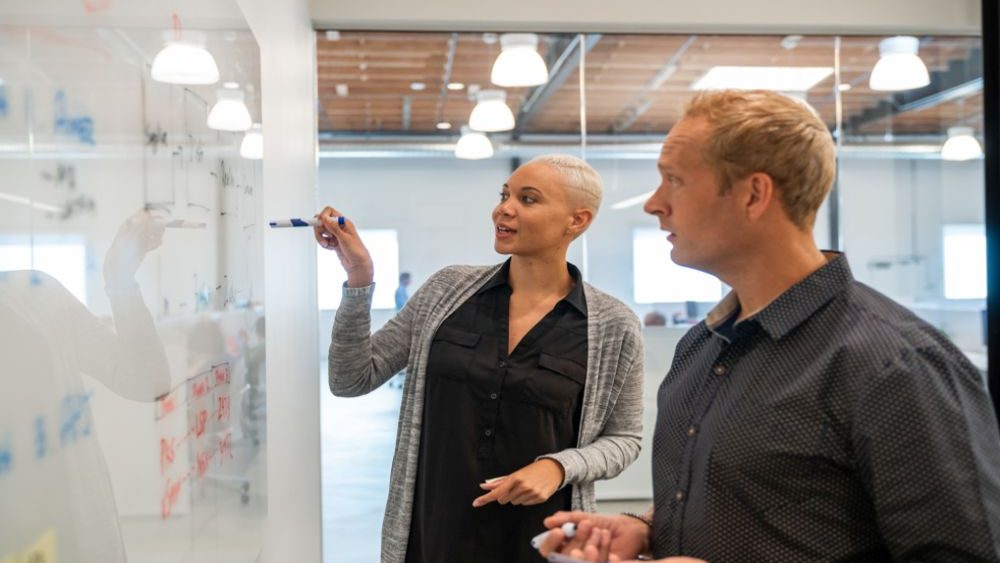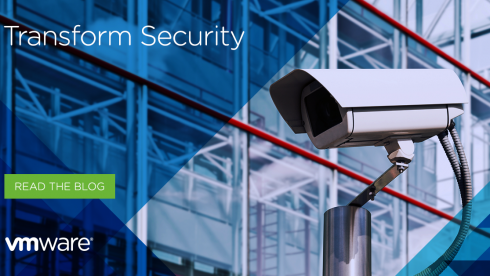DISCLAIMER: this article is older than one year and may not be up to date with recent events or newly available information.
Innovation is the name of the game right now. Organisations that don’t innovate risk becoming obsolete – just look at the household names that have lost their place at the top of the tree (like Nokia), or disappeared from view completely (such as Kodak).
What’s interesting is that many of these once market leaders never struggled to come up with ideas themselves – what let them down was the changing demands of being able to execute. Borders knew books, Nokia knew how to make mobile phones – what neither could work out fast enough was how to sell either, respectively, once Amazon and Apple started to muscle in on their sectors.
In other words, while innovation may be the goal, being able to execute on it when needed is the difference between success and failure. This gap, between coming up with ideas and being able to turn them into something tangible, is the ‘innovation-execution gap’. It’s the subject of ‘Innovating in the exponential economy’, a report from Cass Business School and VMware.
As the report says, “In the natural environment, the survival of a species depends critically on its ability to adapt to external changes.” The same rules apply in business. Apple is highlighted above as a disruptor but it is also a well-established enterprise. If it had just stuck with making desktop computers, it is highly unlikely that mainstream media would cover its launches as they do today. By identifying the impact that increasingly fast mobile connectivity was going to have on consumer demand, it was able to adjust its direction to add phones and tablets to its product range.
Changing direction to reach your goal
This ability to change direction is actually not new. The digital era may be heralded as one of the greatest market disruptions since the industrial revolution, but that doesn’t mean businesses aren’t used to evolving.
It’s exactly what the likes of Swisscom, a VMware customer, has done. An early mover to the cloud, it was quick to recognise its future importance to consumers and enterprises. Initially, due to a lack of confidence in the available tools, an internal team built a cloud management platform, which underpinned its internal, residential, and enterprise services.
However, as the cloud market matured, and the resource required in maintaining the tool became too high, Swisscom found it was compromising how quickly the company could deploy new services to the market compared to the competition. It decided to switch from building and managing infrastructure to instead focusing on the development of the services that sit on top of it for its customers.
This process of what could be term strategic re-orientation has happened repeatedly over the last twenty years: Product to Service, Service to Solution, Solution to Experience, and Experience to Coherence.
What it means is businesses embracing new approaches to innovation and execution, looking beyond a core product to see how they could add enhanced value to their customers, and ultimately adopt new models to deliver exceptional experiences and capture the reward.
Take, for an example, a birthday cake. If an individual bakes one from raw ingredients the cost will be low. This is the core product. If they were to lack confidence, they might use a premixed package, a service. Or they may struggle for time, so buy a cake, or solution.
So far, the price has gone up but not so significantly that it isn’t out of the reach of most people. However, perhaps to commemorate a notable milestone, they might decide not just to outsource the cake production, but the supporting event as well. This might involve hiring an event organiser to deliver a complete experience. The cake, is this instance, is still a part of the offer, but it is no longer the focus.
The final stage, coherence, includes the core product, the cake, but takes the experience and amplifies it – from an afternoon event to a weekend away, perhaps, complete with supporting logistics (flights) and accommodation (hotel, self-catering let, etc.). The costs might be put on to attendees in some way, but each aspect could have some element of personalisation, and each will flow seamlessly into the other.
What underpins all of this is the technology to be able to move from one stage to the next. As the stages become more complex, so the technology needs to become more powerful, while at the same time mirroring the increasing all-round approach the business model is taking. Making a cake requires a stable source of heat and some hand tools. Delivering a once-in-a-lifetime weekend extravaganza requires payment facilities, transport tickets, multiple providers, communication tools, accommodation, inclusive activities and everything else in between. The technology requirements are vastly different and, indeed, should become less apparent as the offering becomes more coherent.
Are you identifying your strategic re-orientations?
In essence, each of these steps are a process of taking a broad view of what will add value to the customer.
By identifying opportunities to re-orientate, companies can unlock new ways to generate ideas and execute them, capitalising on fresh growth in new, but related, markets.
They each take time and planning, yet by combining them with the right technology organisations can unlock new ways to deliver new ideas.
Find out more about VMworld 2019 Europe to Make Your Mark on your business!
Category: News & Highlights, Success Stories
Tags: Amazon, Cass Business School, experience to coherence, innovation, innovation execution gap, Kodak, nokia, product to service, service to solution, solution to experience, swisscom, vmware





No comments yet